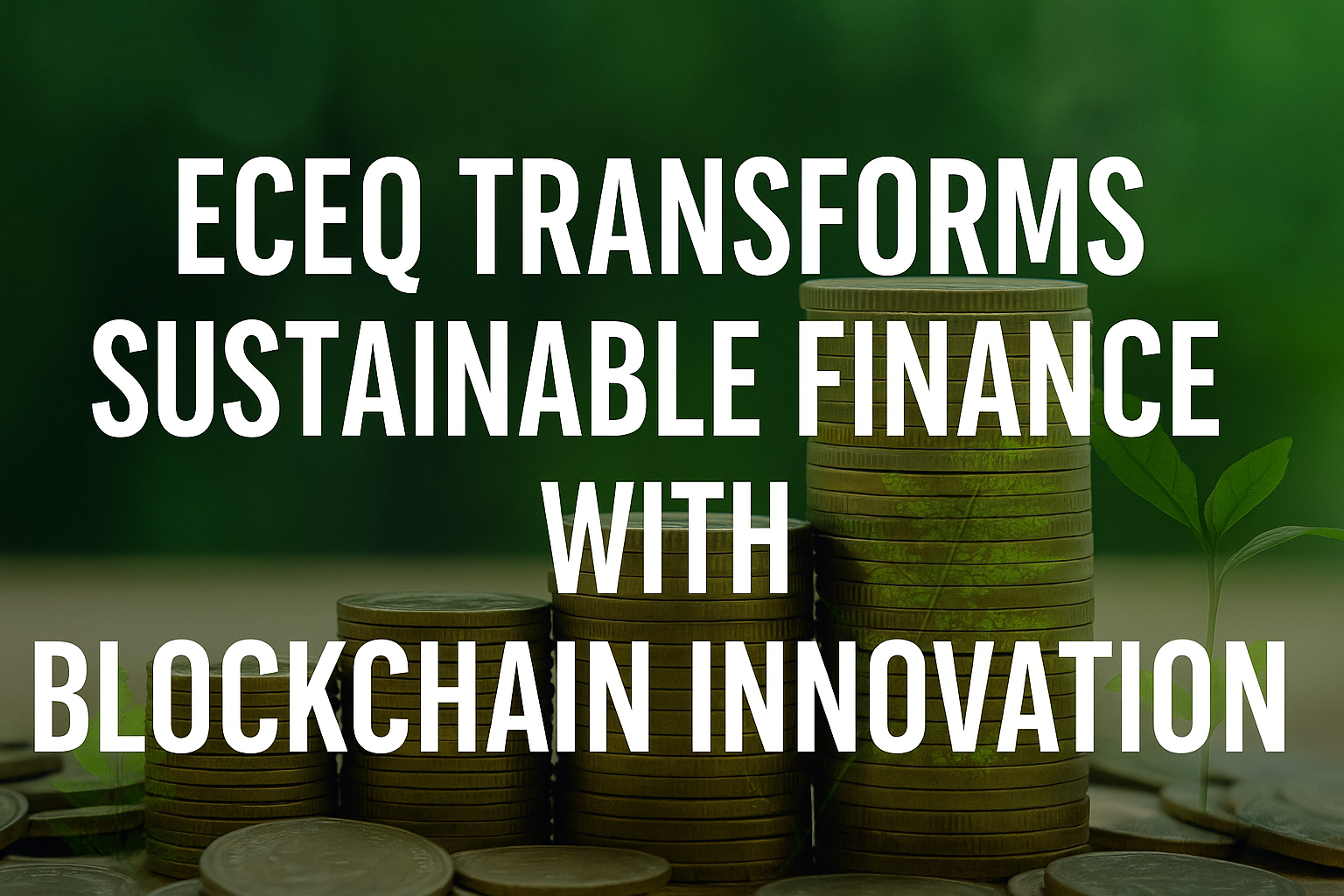As the global demand for clean and efficient energy grows, smart grid technologies are becoming a pivotal solution to modernize energy distribution and optimize the integration of renewable energy sources. Governments and energy companies across the world are investing heavily in these advanced systems to reduce energy waste, increase grid resilience, and support the transition to a more sustainable energy future.
What Are Smart Grids?
Smart grids are next-generation electrical grids that incorporate digital technology, sensors, and advanced communication systems to monitor and manage electricity flows from power plants to consumers in real-time. Unlike traditional grids, which rely on a one-way flow of electricity, smart grids allow for two-way communication between utilities and consumers. This innovation enables utilities to balance energy supply and demand more efficiently, reduce energy losses, and respond swiftly to outages or fluctuations.
More importantly, smart grids are essential for incorporating renewable energy sources such as solar, wind, and hydropower into the energy mix. Because renewable energy sources are often intermittent—solar panels don’t generate power at night, and wind turbines only work when it’s windy—smart grids can intelligently allocate renewable energy when available and switch to alternative sources when necessary.
Global Investments in Smart Grids
Countries around the world are rapidly adopting smart grid technologies to address various energy challenges, including improving energy efficiency, enhancing grid stability, and achieving ambitious carbon reduction targets. Here’s a look at some of the global efforts in expanding smart grids:
United States
The U.S. has been at the forefront of smart grid adoption, with significant investments made through government initiatives such as the American Recovery and Reinvestment Act. More recently, the U.S. Department of Energy has allocated billions of dollars to improve grid infrastructure, increase cybersecurity, and promote the integration of renewable energy through smart grid technology.
The growing demand for electric vehicles (EVs) is also driving smart grid development in the U.S. By enabling real-time energy management, smart grids can handle the increased demand that EV charging places on the grid, making it more resilient and capable of distributing power efficiently.
European Union
The European Union (EU) is making strides in smart grid expansion as part of its broader commitment to achieving carbon neutrality by 2050. Through its Green Deal, the EU is investing in modernizing energy networks, improving energy storage solutions, and integrating renewable energy sources like wind and solar.
Smart grids play a crucial role in Europe’s energy transition, particularly in countries like Germany and Denmark, which already generate a significant portion of their electricity from renewables. Smart grid systems in these countries help balance the grid during periods of high wind or solar output, ensuring that excess energy is either stored or redistributed effectively.
China
China, the world’s largest energy consumer, has embraced smart grid technologies to enhance its energy efficiency and reduce its carbon footprint. The Chinese government has set ambitious targets for renewable energy integration, with a goal of generating 25% of its electricity from non-fossil fuels by 2030.
China’s State Grid Corporation, the world’s largest utility company, has been at the forefront of this movement, deploying smart meters, advanced transmission technologies, and energy storage solutions across the country. Smart grids are critical to China’s ability to balance energy loads across its vast geographical area and support the rapid growth of renewable energy projects, particularly in remote regions like Inner Mongolia and Xinjiang, where wind and solar capacity is abundant.
The Role of Smart Grids in Renewable Energy Integration
One of the most compelling aspects of smart grids is their ability to integrate renewable energy sources seamlessly. Traditional energy grids, designed for large, centralized power plants, often struggle to accommodate the fluctuating supply from renewables. Smart grids, however, are equipped with advanced sensors and software that allow for real-time adjustments, ensuring that electricity generated from renewable sources can be efficiently distributed or stored when needed.
For instance, when solar panels generate excess power during sunny days, a smart grid can divert that energy to be stored in batteries or distributed to areas with higher demand. This not only reduces energy waste but also helps stabilize the grid during peak hours or in cases of unforeseen outages.
Moreover, smart grids can optimize energy consumption by giving consumers more control over their energy use. Through smart meters and mobile apps, consumers can track their energy usage in real-time and adjust their habits to reduce consumption during peak times, further aiding in balancing the grid.
Benefits of Smart Grids
The expansion of smart grids offers numerous benefits to both utilities and consumers:
- Enhanced Efficiency: By optimizing energy distribution and minimizing transmission losses, smart grids make the entire energy system more efficient.
- Increased Resilience: Smart grids can quickly detect and respond to outages or disruptions, reducing downtime and improving grid reliability.
- Cost Savings: Improved energy efficiency translates into cost savings for both energy producers and consumers. Smart grids can also help reduce the costs associated with peak electricity demand.
- Better Renewable Integration: As mentioned earlier, smart grids are key to incorporating intermittent renewable energy sources into the energy mix, ensuring a stable supply of clean energy.
- Consumer Empowerment: With real-time energy data at their fingertips, consumers can make informed decisions about their energy consumption, leading to lower bills and a reduced environmental impact.
The expansion of smart grids is not just a technological upgrade; it represents a fundamental shift in how energy is produced, distributed, and consumed. As countries continue to invest in these advanced systems, smart grids will play a critical role in enabling the widespread adoption of renewable energy, reducing carbon emissions, and creating a more efficient and resilient energy infrastructure.
With global energy demand expected to rise in the coming decades, smart grids are poised to become the backbone of a sustainable, low-carbon future, helping nations meet their climate goals while ensuring a reliable supply of electricity for all.




